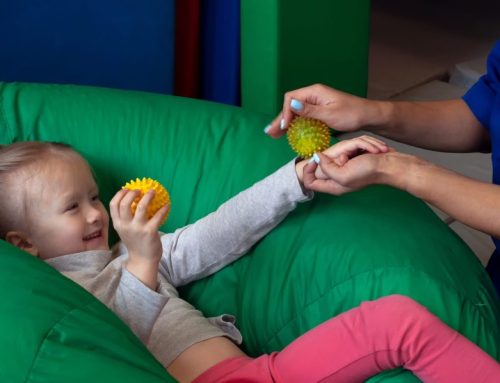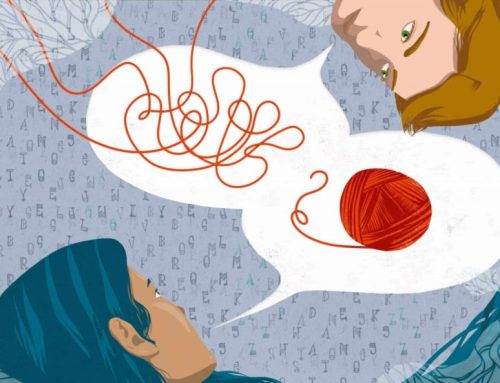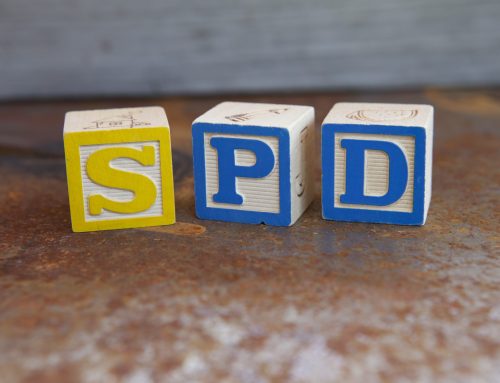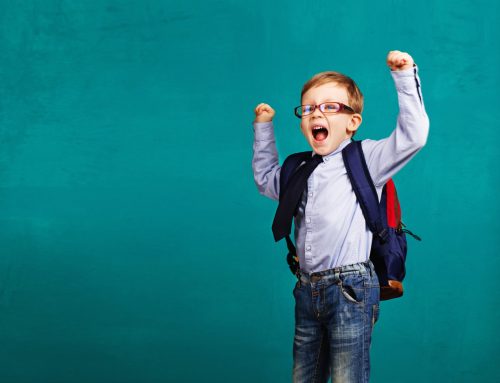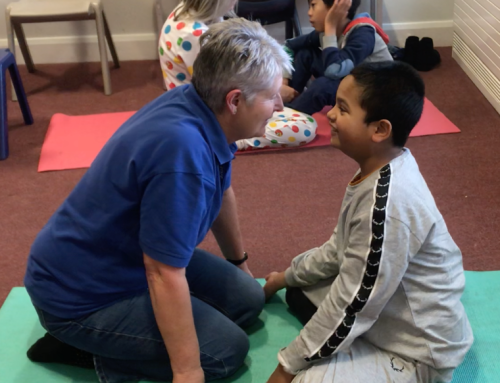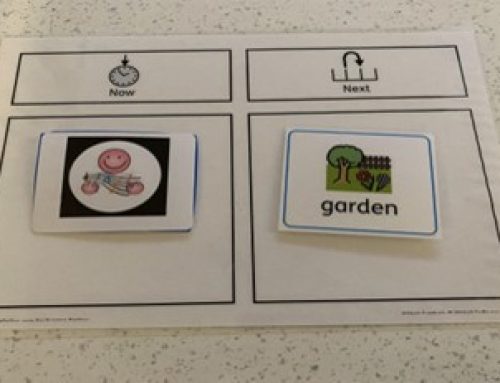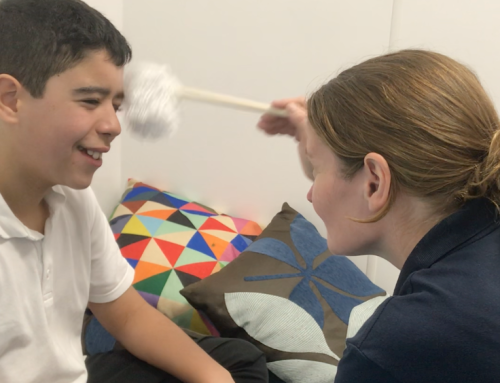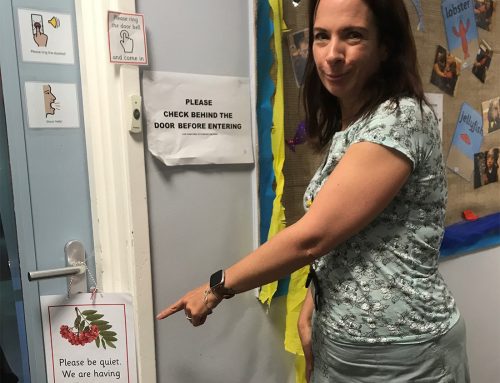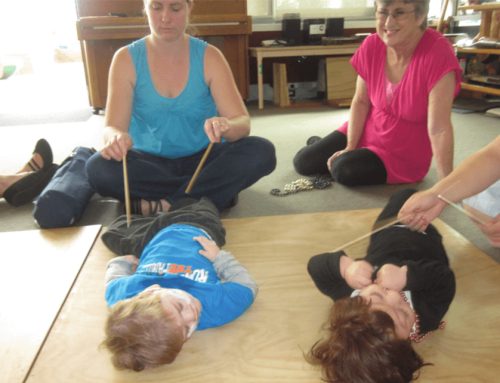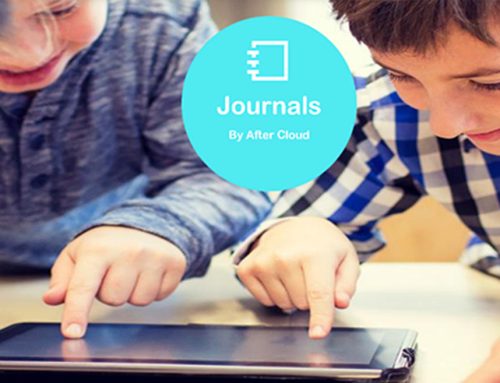Essex University: Using Tacpac with Adult Learners
Sharron Howard, Curriculum Coordinator for Essex County Council will be giving a talk entitled “Using Tacpac with Adult Learners” at Essex University on Monday 13th March.
Sharron writes:
“As a tutor for Essex County Council’s Adult Community Learning service working with complex needs learners, I am always looking for suitable activities which will engage and motive my learners. I had worked with Tacpac (Tactile approach to Communication pack) a number of years ago when working in schools and had seen the benefits, so when starting work in adult education I was keen to bring this activity to the learners attending the college.
My first struggle was deciding how to incorporate a 30 min activity into a two hour session and with a group of 10 to 12 learners.
I achieved this by using other sensory based activities which help to promote interaction, build tolerance levels, and develop non verbal communication and sensory integration alongside the Tacpac
These activities included themed sensory experiences such as ‘garden’, ‘space’ and ‘water’ also music and movement, turn taking activities, massage, bi lateral exercises, Physio ball and parachute activities. With the recent purchase of black out curtains and some light based multi sensory equipment I have been able to introduce a more multi sensory approach to my teaching.
The Tacpac section of the class takes place after the break and enables learners to really relax and focus on the experience without disruptions. The whole group are positioned on mats and made comfortable with blankets, cushions and bean bags the lights are dipped and the music starts. At this point the learners are focused in on their individual support worker, the music and the sensation of the objects against their skin.
I have a range of abilities in the class and find that Tacpac allows good differentiation. Some learners simply remain passive experiencing the different sounds and sensations, giving reflex responses. Others will show differing responses to the objects showing clear likes and dislikes, reaching out to touch, hold and explore the objects independently. The more able learners are encouraged to talk about the way the objects look or feel against their skin.
I also print pictures of each object for the learners to use either to match to the objects or make choices this activity helps them to make the link between two dimensional images and three dimensional objects.
I have found that the familiar format of Tacpac has comforted the learners as they are able to anticipate what is coming next some learners will become excited when hearing the piece of music associated with their favourite object even before the object is in sight. I try to keep a familiar sequence of events throughout the course.
Tacpac has been particularly beneficial to those with sensory integration difficulties especially those who are tactile defensive.
A number of my learners will arrive at the beginning of the course unable to tolerate any kind of touch or interaction including moving from once place to another and even when attending to their personal care needs can become agitated and distressed. The gentle approach of Tacpac allows them to slowly accept and engage in tactile activities.
Support staff are encouraged to look closely and read the non verbal communication signals the learner is giving and record their observations each session on the sheet provided. These signals dictate how much stimulus is given and when to withdraw an object briefly if the learner is becoming distressed. In some cases a learner may initially just observe the object as the support worker handles it brushing on their own skin or on the floor to allow the learner to become comfortable with the object before introducing the sensation of touch.
This can also be an important learning experience for the support staff providing them with the opportunity to closely observe their learner in a one to one situation and look out for the non verbal methods of communication used. Once they understand their learners communication methods and recognise the key signals to look out for it becomes easier to pick up if the learner is unhappy or agitated with the sensation of an object.
I have seen the benefits of this approach in class with one particular learner who initially couldn’t tolerate anyone touching his hands or would not touch or hold anything. Through the sessions he has built his tolerance levels and will now reach out and take hold of the objects, waving them and smiling at his own achievement.
Another elderly gentleman who would push away anyone who tried to make physical contact has grown to accept interaction and will smile and lean in towards you as he is patted with spatulas and will even allow me to gently massage his hands.
When working with deaf blind learners this sensitive approach is vital in gaining the learners confidence and not causing agitation. We can only imagine how frightening it must be to suddenly feel something against our skin and not being able to understand what it is and where it came from.
I encourage the support staff of these learners to make initial contact using their hands before introducing an object, where possible maintain some form of physical contact throughout to avoid the sudden loss of touch and then the reintroduction of contact this can be startling for the learner. Support staff will always talk to the learner as they may be able to pick up some pitch or tone to the voice even if unable to hear the words being spoken. Again reading and responding to the individual’s non verbal communication is vital in maintaining a happy and receptive learner.
Throughout my many years of working with those with learning disabilities I have found Tacpac a valuable resource which changes the lives of those who have experienced its simple but highly effective approach. “







